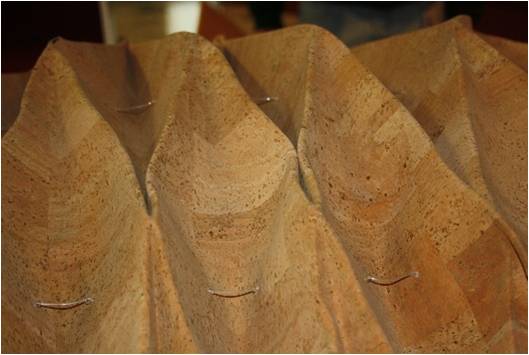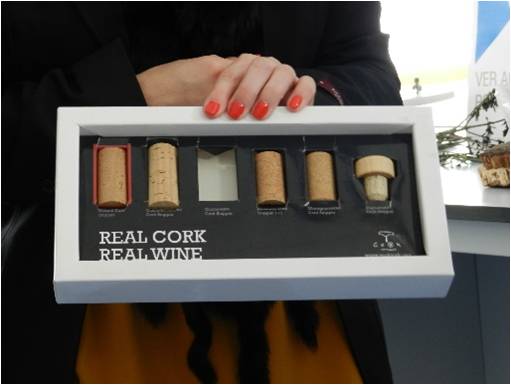The Cork Oak and Cork Observatory is located in Coruche which belongs to the Santarem district and it was designed by the Portuguese architect Manuel Couceiro. The observatory building was lauched in 2009 and it is surrounded by natural oaks. This place aims to rase awareness of the benefits of cork and oak forest and to emphasise its high ecological value.
This center has a lot of partnerships with the purpose to promote the cork and the products that can be create from this material and, also, producers, businesses associations, universities and researchers needs to work hand in hand to join together the cork oak forest and the industry. By doing this they combine together the cycle of these three elements: forest, industry and innovation to be displayed for the visitors of the observatory. Some of them are with Certcork, ATFC, University of Évora and, also, with architecture college of University of Lisboa.
In the case of the partnership with the architecture college of University of Lisboa, the Cork Oak and Cork Observatory has help them with three workshops related to cork and ends in exhibitions. The temporary exhibitions like the one with the architecture college of University of Lisbon hosted in the observatory are related to cork oak forest and cork associated subjects. This is interesting since they link cork with other forms of expression including fashion, design and architecture. In addition, there is a classroom for vocational training activities so that further progress in the sector will take place.
Cork has many uses once is a resistant, noise dampening and waterproof material making possible its use in construction as it is resistant and isolating. The number of objects, areas and clothing that we are using it is increasing each passing day. And the good news is that the harm given to the ecosystem is not increasing as cork is totally environmentally friendly and sustainable.
As Maria do Carmo Alves, licensed in industrial management, said “Nothing is lost, everything is transformed”, this traditional phrase proves that cork is one of the more sustainable material and have a lot of applications.





You must be logged in to post a comment.